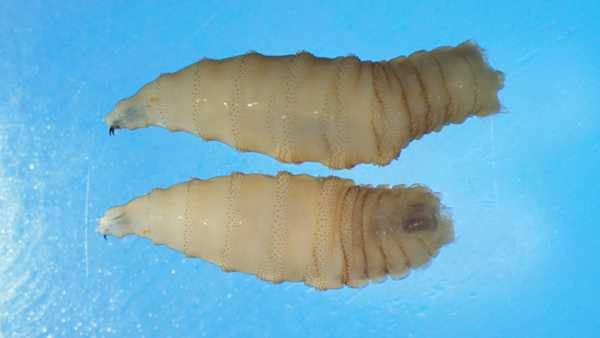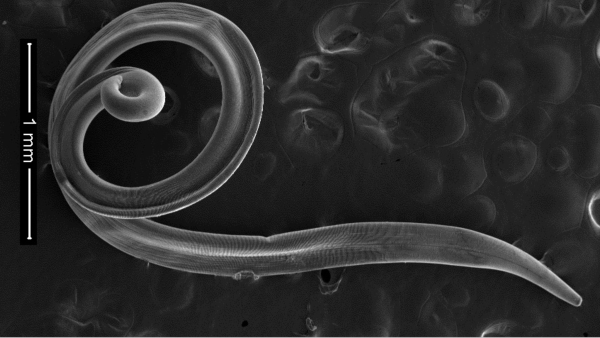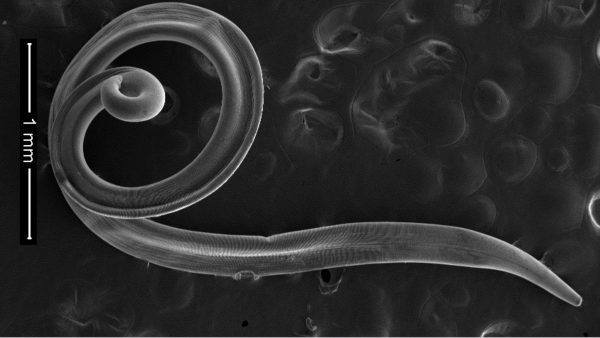
A flesh-eating parasite has been identified in the United States for the first time in decades, but officials say the threat to the population remains minimal. (Photo: U.S. Department of Agriculture)
A Maryland man has been diagnosed with a New World screwworm (Cochliomyia hominivorax) infestation, the U.S. Department of Health and Human Services (HHS) said. This is the first human case of infection in the country in 60 years, after the parasite was eradicated from the region.
The patient had returned to the United States from El Salvador, according to Reuters. HHS spokesman Andrew G. Nixon said the CDC confirmed the presence of the fly larvae based on an analysis of images taken on August 4.
“This case is the first reported case of myiasis in the United States that was imported from an outbreak area,” Nixon said, adding that “the likelihood of community spread is extremely low.”
You might be interested
-

Eating Undercooked Bacon Could Lead to Brain Parasite Infection
-

Woman discovers parasitic helminths in her eye
-

Ancient bones 4,000 years old reveal rare form of leprosy in pre-Columbian America
Cochliomyia hominivorax is a parasitic species of flies that lay eggs on damaged skin, mucous membranes, or eyes of warm-blooded animals. One female can produce up to 300 eggs. The hatched larvae penetrate the host's tissues, causing a painful condition called myiasis.
The main victims of these larvae are farm animals, but cases of infection of people are possible. Without treatment, the invasion leads to death, but timely removal of parasites ensures recovery. Risk groups include farm workers, people with weakened immune systems and open wounds. As entomologist Max Scott from the University of North Carolina explained, since the parasite is not a virus, transmission between people is excluded.
RELATED MATERIALS
— Spread of flesh-eating parasite in Central America raises concerns in US
— A parasite with resistance to ivermectin has been discovered
— Transplant of infected kidney leads to massive infestation in US patient
Cochliomyia hominivorax larvae are endemic to South America and the Caribbean. In the 19603s, the United States eradicated their population by introducing the sterile male method. This strategy resulted in a decline in the parasite's numbers due to infertile mating.
Since 2023, the fly population has been increasing in Central America, moving north. An outbreak in Mexico in November 2024 prompted a temporary ban on livestock imports to the United States. According to the USDA, imports are gradually recovering, while an insect control facility is being built in Texas.

Skyler Ware, Live Science science writer
Skyler Ware is a freelance writer specializing in chemistry, biology, and earth sciences. A 2023 AAAS Fellow, her writing has appeared in Science News Explores, ZME Science, and elsewhere. She holds a PhD from the California Institute of Technology.
Name verification is required to comment.
Please log in again.
Exit Read more

Preference for 'soft' bacon may have triggered parasitic brain infection

Helminths in the eye: an unusual medical case

Oldest Evidence of Leprosy in America Found in 4,000-Year-Old Remains
Sourse: www.livescience.com





